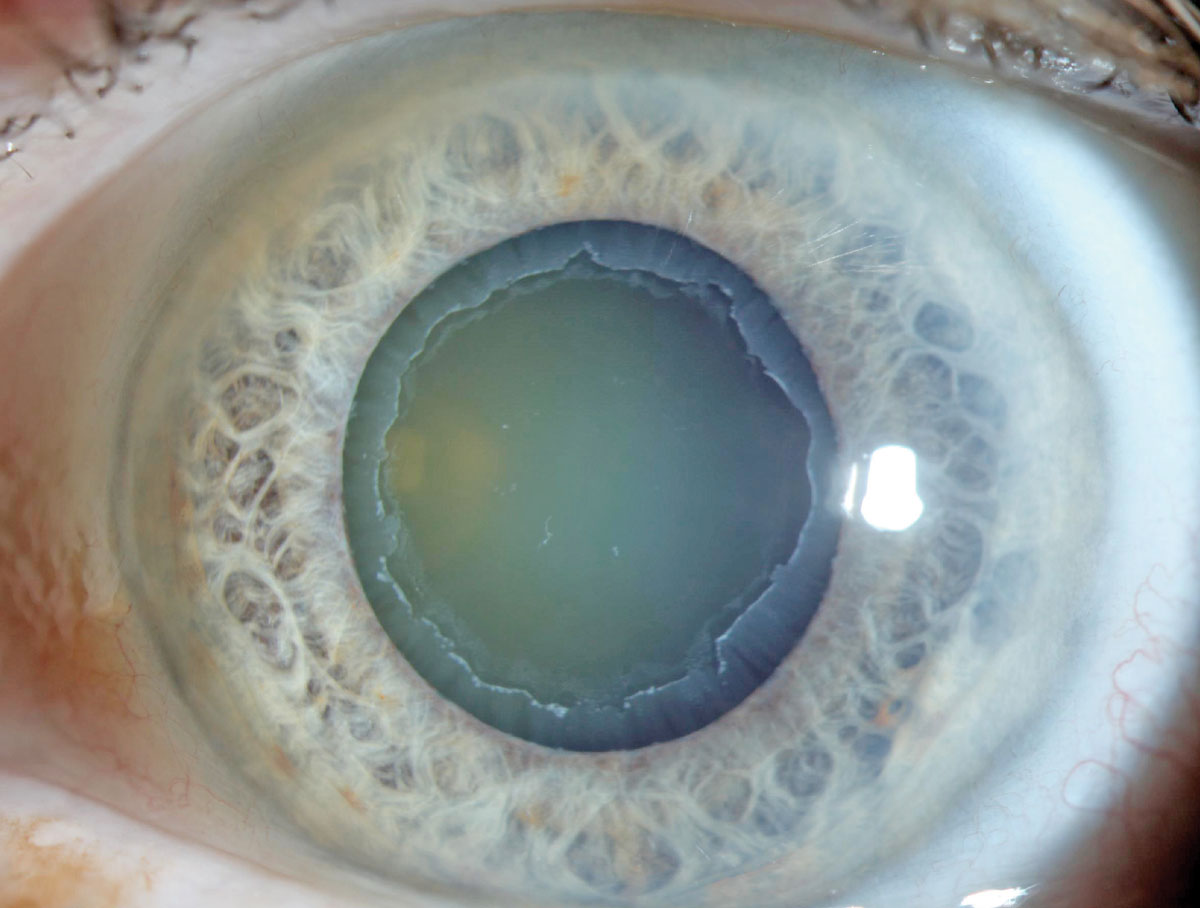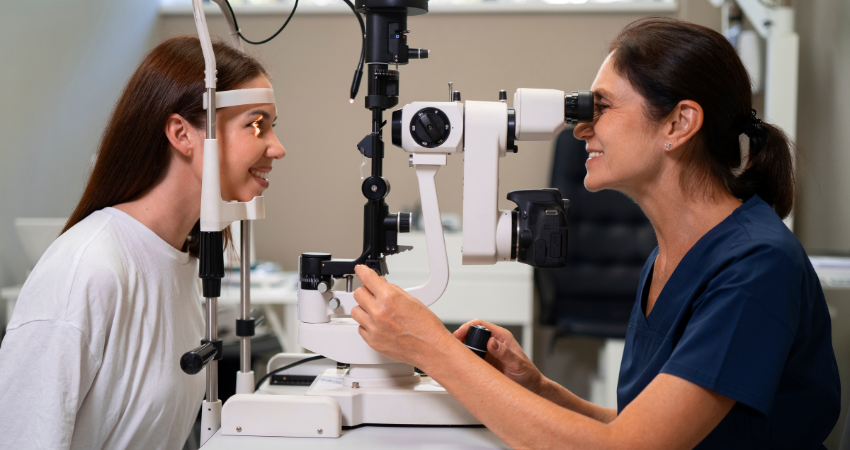- Email: Akshareye22@gmail.com
- 241, Royal Arcade, Sarthana Jakatnaka, Surat-395006
- Call: 8866342242
Cataract Surgery with Premium IOL
- Home
- Cataract Surgery with Premium IOL
- Computerised Eye Testing
- Stitchless Phaco Cataract Surgery (MICS) with Premium IOL
- Surgery for Spectacle Removal (C-LASIK, Blade free LASIK, ICL)
- Eyelid Surgery
- Dry Eye Management
- Keratoconus Management (CXL, Contact Lens)
- Diabetic Retinopathy Treatment
- Glaucoma Diagnosis and Treatment
- Treatment of Blocked NLD
- Pteygium surgery using advanced fibrin glue
- Punctal plug placement for DRY eye
- Probing for watering in neonat
Cataract Surgery with Premium IOL

Introduction: Cataract surgery with premium intraocular lenses (IOLs) represents a significant advancement in the treatment of cataracts. This modern approach combines the removal of the clouded natural lens with the implantation of high-quality, specialized lenses that can enhance vision beyond the standard correction provided by traditional lenses. Premium IOLs offer patients the potential for improved visual outcomes and reduced dependence on glasses or contact lenses.
Symptoms: Patients often consider cataract surgery when they experience symptoms such as blurry or cloudy vision, difficulty seeing at night, sensitivity to glare, or colors appearing faded. These symptoms are indicative of cataracts, a condition where the eye’s natural lens becomes opaque, impairing vision.
Causes: Cataracts are primarily caused by the natural aging process, where the proteins in the eye’s lens break down and clump together, forming a cloudy area. Other factors contributing to cataracts include prolonged exposure to ultraviolet (UV) light, certain medications, eye injuries, and genetic predisposition. Additionally, conditions such as diabetes can accelerate the formation of cataracts.
Treatment: Cataract surgery involves removing the cloudy lens and replacing it with a premium IOL. Here’s how it works:
Akshar Eye Hospital
- Computerised Eye Testing
- Stitchless Phaco Cataract Surgery (MICS) with Premium IOL
- Surgery for Spectacle Removal (C-LASIK, Blade free LASIK, ICL)
- Eyelid Surgery
- Dry Eye Management
- Keratoconus Management (CXL, Contact Lens)
- Diabetic Retinopathy Treatment
- Glaucoma Diagnosis and Treatment
- Treatment of Blocked NLD
- Pteygium surgery using advanced fibrin glue
- Punctal plug placement for DRY eye
- Probing for watering in neonat
Computerised Eye Testing

Introduction: Computerized eye testing represents the forefront of diagnostic technology in ophthalmology. This approach uses advanced computerized systems to evaluate various aspects of your vision and eye health with precision and efficiency.
Symptoms: Individuals might seek computerized eye testing if they experience symptoms such as blurred vision, eye strain, headaches, or difficulty focusing at different distances.
Causes: These symptoms may indicate underlying issues like refractive errors (nearsightedness, farsightedness, astigmatism), early signs of glaucoma, or other visual impairments.
Treatment: Computerized eye testing helps identify the root causes of visual disturbances. Depending on the results, treatments can include corrective lenses (glasses or contact lenses), lifestyle changes, or further diagnostic tests to investigate specific eye conditions.
